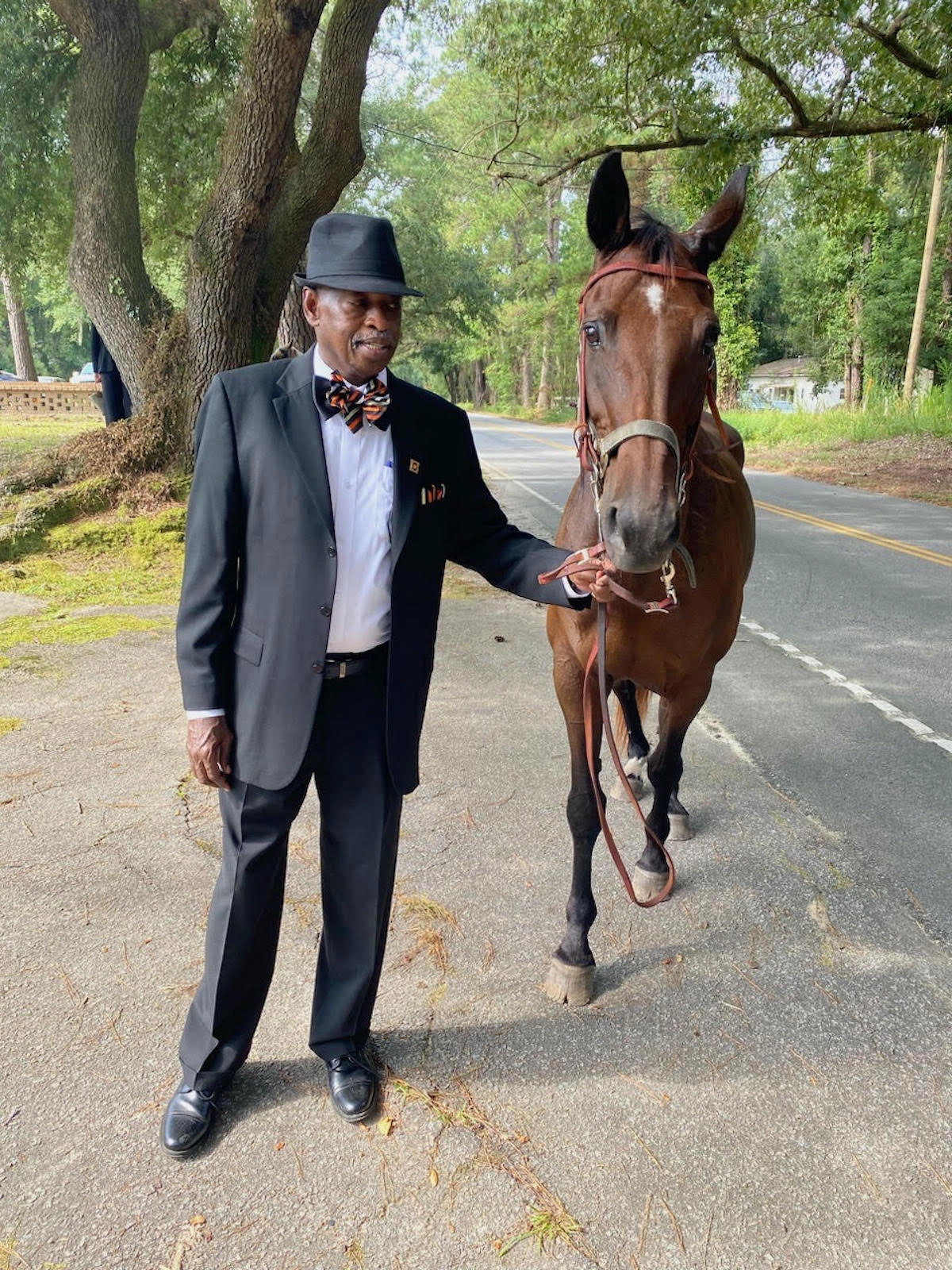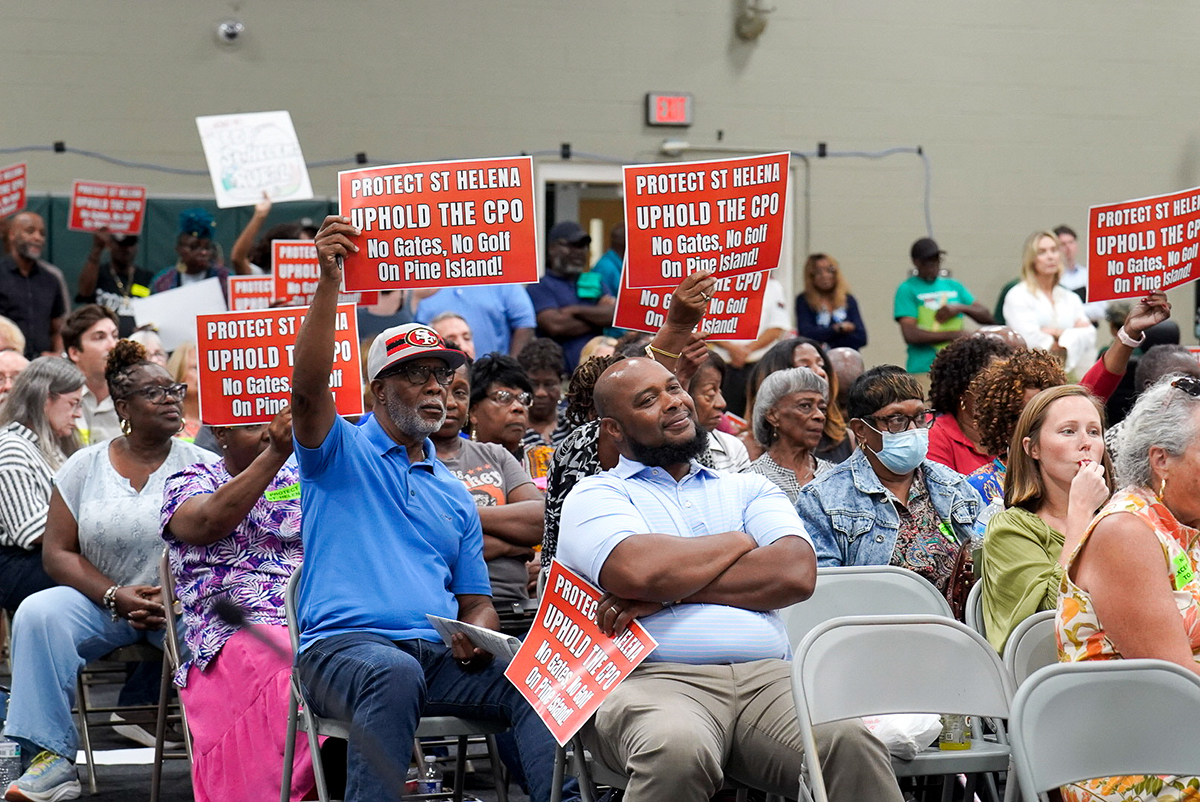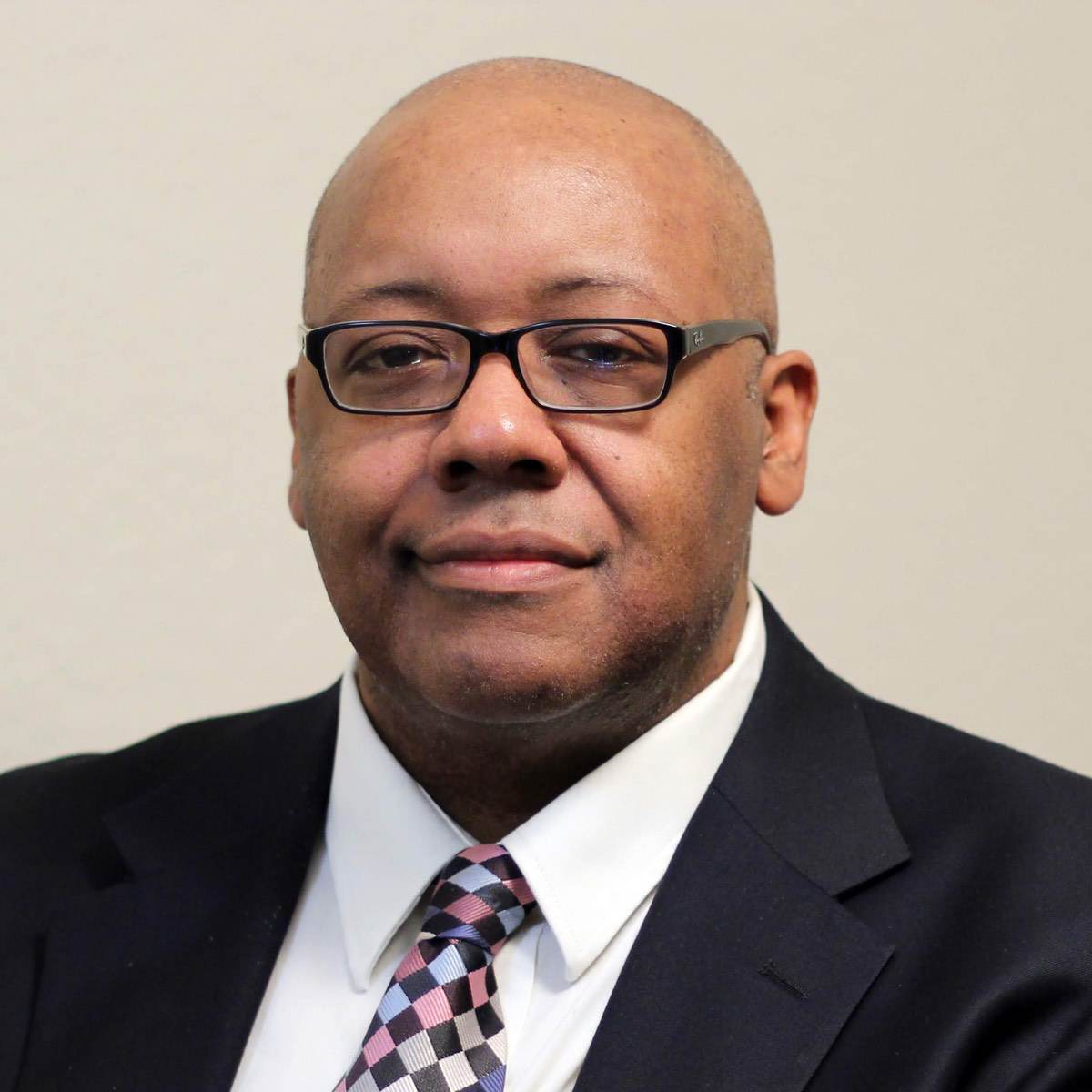By Roy Brown
While serving the U.S. Postal Service in various leadership positions between 1982 and 2012, I was able to travel across the nation and observe the many negative impacts of massive commercial, and upscale gated community development on Black land ownership and culture.
During my tenure as St. Helena Island’s first Black U.S. Postmaster, I built strong friendships with both the “binyah’ historic Gullah community and the diverse “cumyah” community, including residents of Fripp, Harbor, Dataw, and Warsaw Islands. And I’ve witnessed firsthand the “cumyah” community’s support for the “binyah” community ranging from roadside trash pickups and volunteering at St. Helena Elementary School and the Franciscan Center to supporting the fundraising efforts of uplifting non-profits like the Marshview Community Organic Farm, the Pan-African Family Empowerment & Land Preservation Network, and Penn Center.
So, I’m deeply disappointed by the recent well-organized series of protests and public disinformation campaigns aimed at preventing the development of a private golf community on the St. Helenaville/Pine Island tract off Dulamo Road. Beaufort County Council, the local Gullah community, the nation, and the press are being misled to believe that the property taxes of struggling Gullah families across the island will skyrocket if Pine Island is developed, and that their ability to fish,
gather shell fish, hunt, and practice their beloved culture will be destroyed if Pine Island is developed. But none of that is true.
But what is true is that Pine Island developer Elvio Tropeano is basically willing to almost bend over backward to help uplift the St. Helena Island Gullah community through a series of economic development support projects, including scholarships for Gullah youth, creating a free community meeting center, establishing employment training and business creation partnerships, donating to key non-profits that support preserving both Gullah landownership and culture, and providing financing for ecotourism and other Gullah-owned businesses, among other things.
Despite Tropeano’s willingness to work with and support the local Gullah community, he’s being demonized in the press and elsewhere, and vandalism and trespassing on Pine Island have increased dramatically.
Still, none of those things will prevent Tropeano from exercising his legal right to build 166 homes and up to 100 docks on the 504-acre St. Helenaville/Pine Island tract. He would prefer to stick with his more environmentally friendly plan to build just 66 homes and with three mini golf courses, which would leave more than 50% of Pine Island as undeveloped pristine green space. And the funds generated by golf course fees would be used to support Tropeano’s philanthropy for the local Gullah Community.
As someone who’s often gone into my own pocket to lend St. Helena’s Gullah families money to pay their delinquent property taxes, I can definitely support Tropeano’s good intentions toward his future Gullah neighbors.
It’s time for a change! Tropeano is offering the St. Helena Island Gullah community a chance to improve their quality of life, better paying resort jobs in their community rather than long daily commutes to Hilton Head, Bluffton, Savannah, or Charleston; and a continuing source of funds to support and spotlight local Gullah culture.
It’ll be up to the courts to decide whether whether the St. Helena Island Cultural Protection Overlay can legally continue to restrict the development of nearby islands off its coast like Pine Island. But we need look no further than the gated communities of Dataw Island, Harbor Island, and Fripp Island to see that they and their residents pose no immediate, or long-term threat to either Gullah culture, or Gullah landownership.
I strongly urge Beaufort County Council to enter upcoming mediation with Pine Island developer Elvio Tropeano in good faith, and with an open mind.
Roy R. Brown worked for the U.S. Postal Service for 30 years. He lives in Beaufort.










